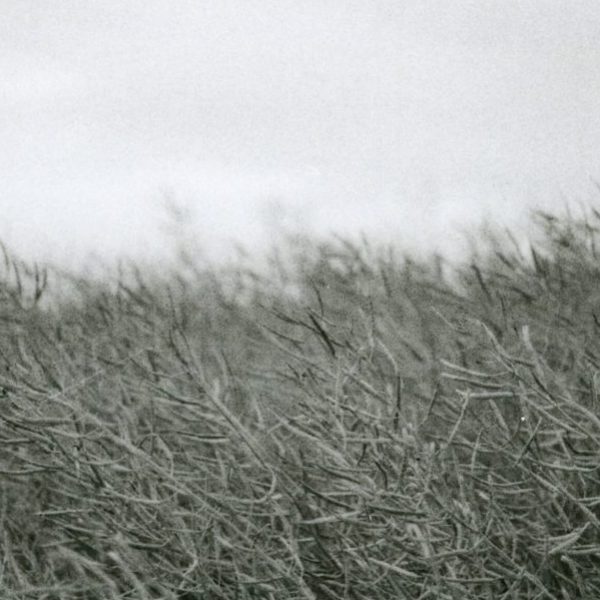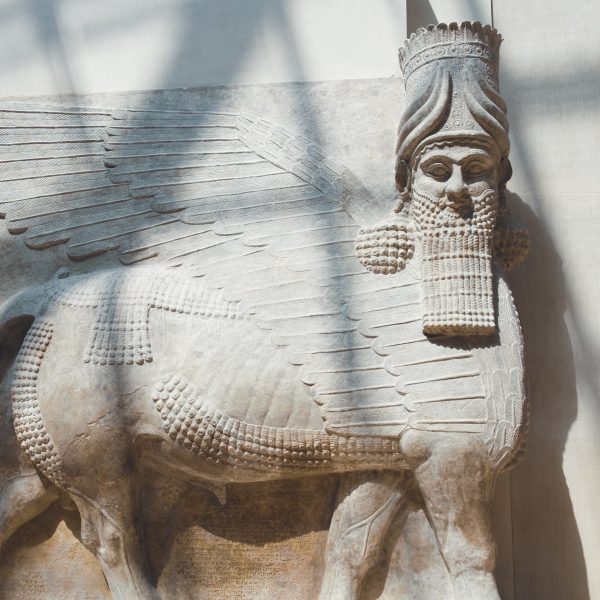To London, with Love: Further Travels to Spain
Ivan Lett
 When I noted previously that I’m a fan of British Hispanists, I left out Hugh Thomas’s narratives of Spanish history, and he has published many. Notably from YUP, The Beaumarchais in Seville tells the story of the French Revolutionary Pierre Beaumarchais and his travels to Madrid, 1764-65 (he never actually went to Seville). He’s best known for the Figaro plays that inspired operas by composers like Mozart and Rossini, and Thomas sets out to explore 18th-century Spain and the inspirations behind Beaumarchais’s work. On his travels, Beaumarchais encountered a wide cast of characters—royalty, military officers, clergy, journalists, actors, and their wives—and Thomas has brought these stories together from the letters and commentary that survive, translating them into English for the first time.
When I noted previously that I’m a fan of British Hispanists, I left out Hugh Thomas’s narratives of Spanish history, and he has published many. Notably from YUP, The Beaumarchais in Seville tells the story of the French Revolutionary Pierre Beaumarchais and his travels to Madrid, 1764-65 (he never actually went to Seville). He’s best known for the Figaro plays that inspired operas by composers like Mozart and Rossini, and Thomas sets out to explore 18th-century Spain and the inspirations behind Beaumarchais’s work. On his travels, Beaumarchais encountered a wide cast of characters—royalty, military officers, clergy, journalists, actors, and their wives—and Thomas has brought these stories together from the letters and commentary that survive, translating them into English for the first time.
 Nearly a century later another Frenchman, Théophile Gautier was similarly captivated by the land across the Pyrenees, and like Beaumarchais, he wrote one of his greatest poetic works, España, upon his return. New from our Margellos World Republic of Letters series, Norman R. Shapiro has beautifully translated Gautier’s poetry in a new volume, Selected Lyrics. The book includes the entirety of Émaux et Camées (Enamels and Cameos), which Gautier wrote while later traveling the Middle East, and is considered to be the crowning achievement of his poetic career. But because I can and it’s a country I love, I’m posting a poem from what Shapiro calls “the vigorously exotic España, a blend of both Romantic local color and Parnassian visuality” to bring to us the vision of Seville that Beaumarchais never saw.
Nearly a century later another Frenchman, Théophile Gautier was similarly captivated by the land across the Pyrenees, and like Beaumarchais, he wrote one of his greatest poetic works, España, upon his return. New from our Margellos World Republic of Letters series, Norman R. Shapiro has beautifully translated Gautier’s poetry in a new volume, Selected Lyrics. The book includes the entirety of Émaux et Camées (Enamels and Cameos), which Gautier wrote while later traveling the Middle East, and is considered to be the crowning achievement of his poetic career. But because I can and it’s a country I love, I’m posting a poem from what Shapiro calls “the vigorously exotic España, a blend of both Romantic local color and Parnassian visuality” to bring to us the vision of Seville that Beaumarchais never saw.
Ivan Lett is Online Marketing Coordinator for Yale University Press.
View
Leaving behind Seville’s fair company,
One gazes back over the Guadalquivir
In wistful wise, and he sees looming there
Belfries’ and domes’ forest-like panoply.
With each wheel’s turning, new peaks rise. First, he
Spies the Giralda’s angel, sparkling, clear,
In gold; pink minaret, dart in the sheer
Blue of the sky: cathedral in a sea
Of houses, scarcely ankle-deep; nearby.
Arch-fragments, crooked gable, sullen wall
Masking the finely crafted spire, and all
That lush façade… Great men, you, standing high,
Hidden by fools, tall towers rising there:
Your noble brows soar in the tranquil air.
On the Guadalquivir
Perspective
Sur le Guadalquivir, en sortant de Séville
Quand l’œil à l’horizon se tourney avec regret,
Les dômes, les clochers font comme une forêt:
A chaque tour de roué il surgit une aiguille.
D’abord la Giralda, dont l’ange d’or scintille,
Rose dans le ciel bleu dared son minaret;
La cathédrale énorme à son tour apparaît
Pars-dessus les maisons, qui vont à sa cheville.
De près, l’on n’aperçoit que des fragments d’arceaux:
Un pignon biscornu, l’angle d’un mur maussade
Cache la fleche ouvrée et la riche façade.
Grands hommes, obstrués et masqués par les sots,
Comme les hautes tours sur les toits de la ville,
De loin vos fronts grandis montent dans l’air tranquille!
Sur le Guadalquivir
Copyright © 2011 by Yale University.




Great post…thanks for the reminder to blog about the everyday things that people want to read.No words for this post…Really awesome